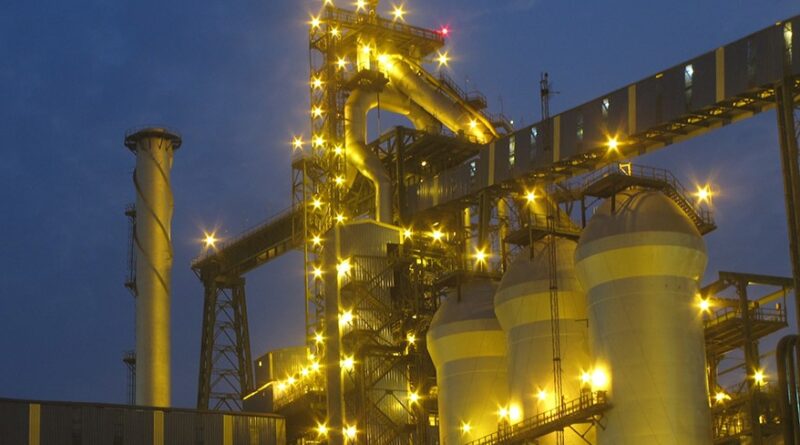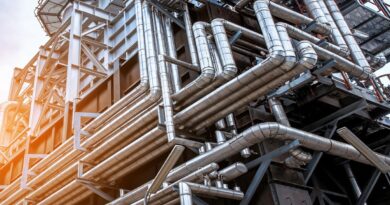Decarbonisation of steelmaking requires $1.4 trillion of investment
The industrialised world cannot function without steel. It is essential to everything from the buildings we live in to the ways we get around. Wood Mackenzie estimates that meeting global steel demand will require 2.2 billion tonnes of production by 2050 – a 15% increase from 2021.
From iron ore mining to steel manufacturing, the industry is highly carbon intensive. And while steel itself is recyclable, iron and steel production emit a combined 3.4 billion tonnes of carbon annually, equal to 7% of global emissions
The steel industry, therefore, faces a huge challenge in achieving net zero emissions by 2050. Under our 1.5 °C Accelerated Energy Transition Scenario (AET-1.5), which is broadly aligned with the most ambitious goal of the Paris Climate Agreement, the decarbonisation of the iron and steel sectors will require around US$1.4 trillion of investment.
The iron and steel industry will also require support from global carbon policy. To date, most national carbon markets are nascent and concentrated in mature economies. As more than 60% of steel production carbon comes from China, Beijing must implement aggressive carbon pricing and taxation if steel’s high carbon footprint is to be addressed.
The European Union’s (EU) carbon border adjustment mechanism and the potential for similar moves by other major economies could support faster change in producing countries such as China and India. But even with the successful global roll-out of wider carbon border taxes, the upside impact may be limited – only 20% of global steel consumption is traded.
The willingness of consumers to pay a premium for green steel will be another challenge. While investor pressures on large multinational consumers (such as automakers and heavy machinery manufacturers) is having some impact, the construction industry is still largely unreceptive to green price hikes.
But the scale of the challenge offers enormous opportunities, too. Decarbonising steel production will require a revolution at every stage of the industrial value chain, from mining to consumption. To achieve net zero by 2050, three-quarters of steel production will have to use low-carbon technologies. Sectors including renewable power, low-carbon hydrogen and carbon capture utilisation and storage (CCUS) will be major beneficiaries of the industry’s move towards net zero emissions.




